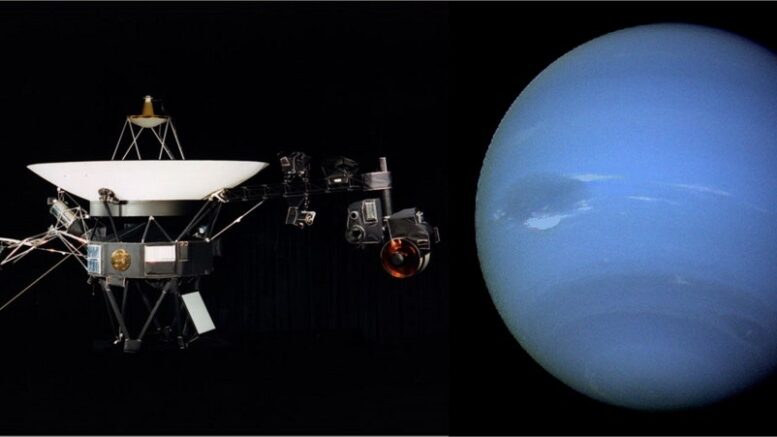Here we are taking a look at some of the most famous soace missions that have completed. These are non manned. For famous manned space missions, check out our article on the topic. For ongoing space missions closer to Earth, check out this article!
Sputnik 1
Sputnik 1 was the first artificial Earth satellite. It was launched into an elliptical low Earth orbit by the Soviet Union on 4 October 1957 as part of the Soviet space program. It sent a radio signal back to Earth for three weeks before its three silver-zinc batteries ran out. The satellite threw the US and entire world into a frenzy and kicked off the space race. Even though it sent back a radio signal and satellites are ubiquitous today providing services that are crucial to everyday life, when launched, Sputnik was a big deal!
Mariner 6
Mariner 6 was designed to make a close flyby of Mars to study the surface for signs of life and develop technology for future missions. It took 24 near-encounter photos showing a chaotic and heavily cratered surface as well as the dark features long seen from Earth.
Venera 7/8/9
Venera 7 was the first probe made by humans to land on another planet, when it crashed onto the surface of Venus in December 1970. It became the first human-made probe to transmit data from the surface of Venus. Venera 8 followed up the success of Venera 7 by landing on the surface and sending back data for about an hour. Venera 9 followed up with the first photos of the surface of Venus, a feat that no other probes, outside of the Venera program probes have accomplished yet.
For the next 2 entires, Voyager 1 and 2, NASA put golden records on the spacecraft. Phonograph records contain sounds and images selected to portray the diversity of life and culture on Earth, and are intended for any intelligent extraterrestrial life form who may find them.
Voyager 1
Launched September 1977, the Voyager 1 probe us the most distant human0made human made object from Earth. It was launched as part of the Voyager program to study the outer Solar System and interstellar space beyond the Sun’s heliosphere. Other accomplishments include being the first human-made object to venture into interstellar space, discovering a thin ring around Jupiter and two new Jovian moons: Thebe and Metis, and finding 5 new moons and a new ring called the G-ring around Saturn.
Voyager 2
Voyager 2 is a space probe launched by NASA on August 20, 1977, to study the outer planets and interstellar space beyond the Sun’s heliosphere. It was launched 16 days before voyager 1, is the only spacecraft to have visited Neptune and Uranus as of this writing.
Cassini–Huygens
Cassini–Huygens, which ran from 1997 to 2017, was a joint agency space-research mission with NASA, the European Space Agency, and the Italian Space Agency to send a space probe to study Saturn, its rings, and natural satellites. The probe became the 4th space probe to visit Saturn and the first to enter its orbit, where it stayed from 2004 to 2017. In its journey, highlights include discovering 7 new moons of Saturn, helping verify the theory of relativity and more. Cassini really helped improve our understanding of Saturn and its system.
Check out our article on famous comets after reading those one! Make sure to follow us on Twitter and Instagram.

Be the first to comment on "Famous Space Missions"